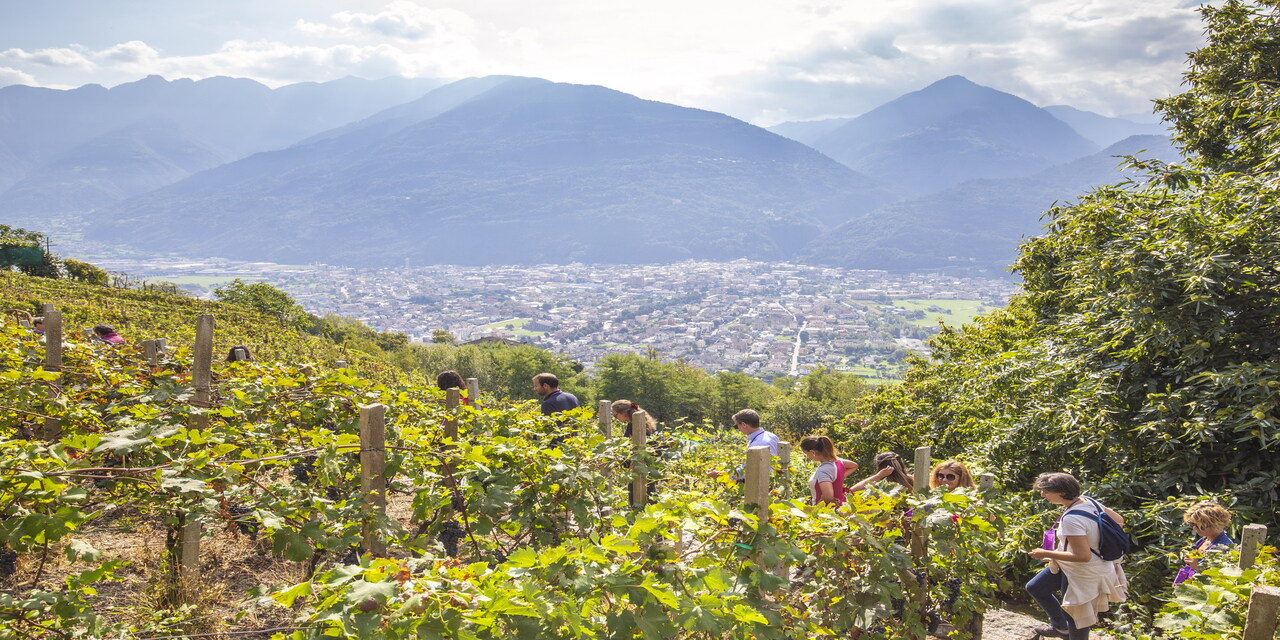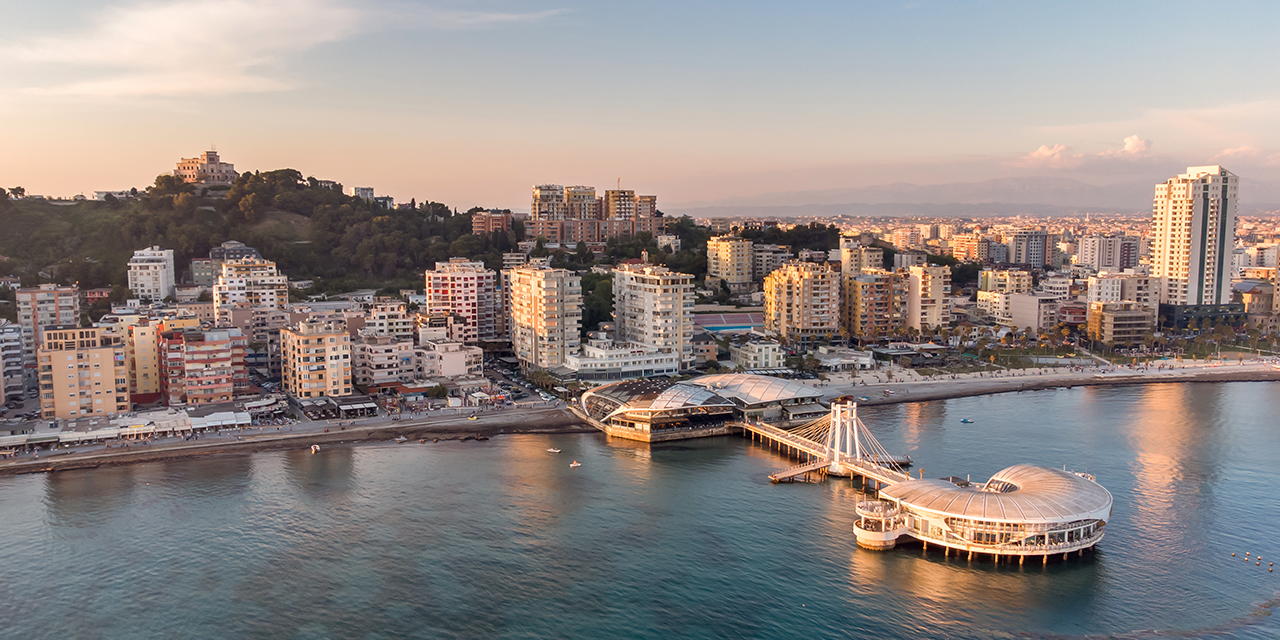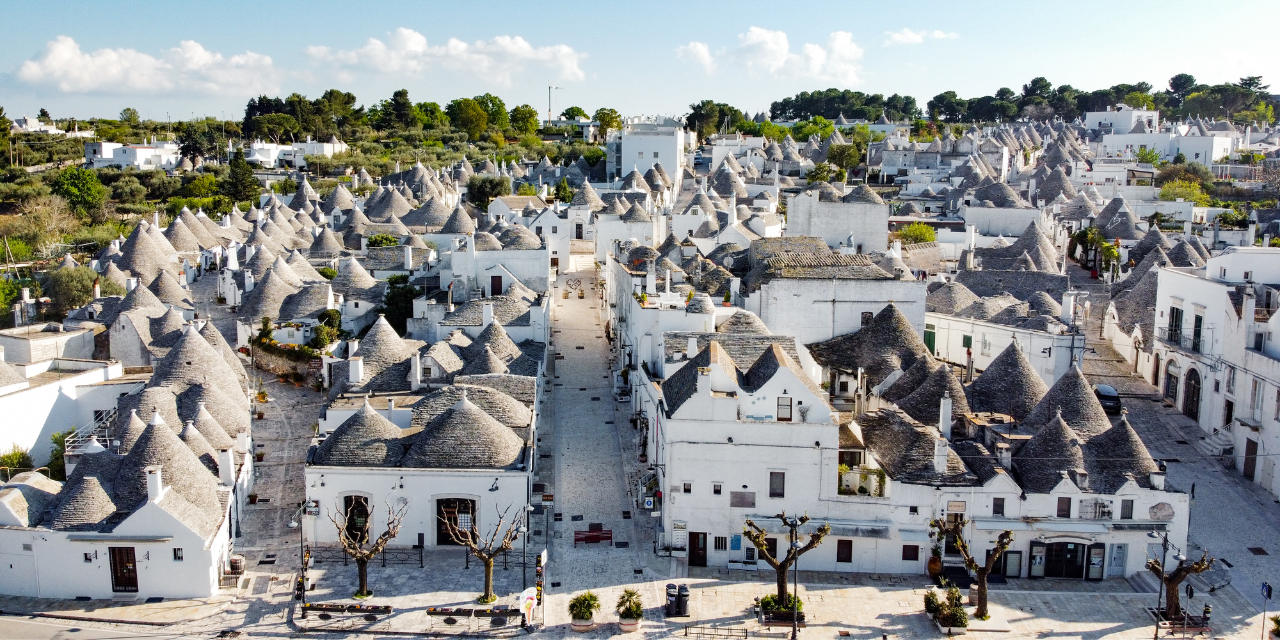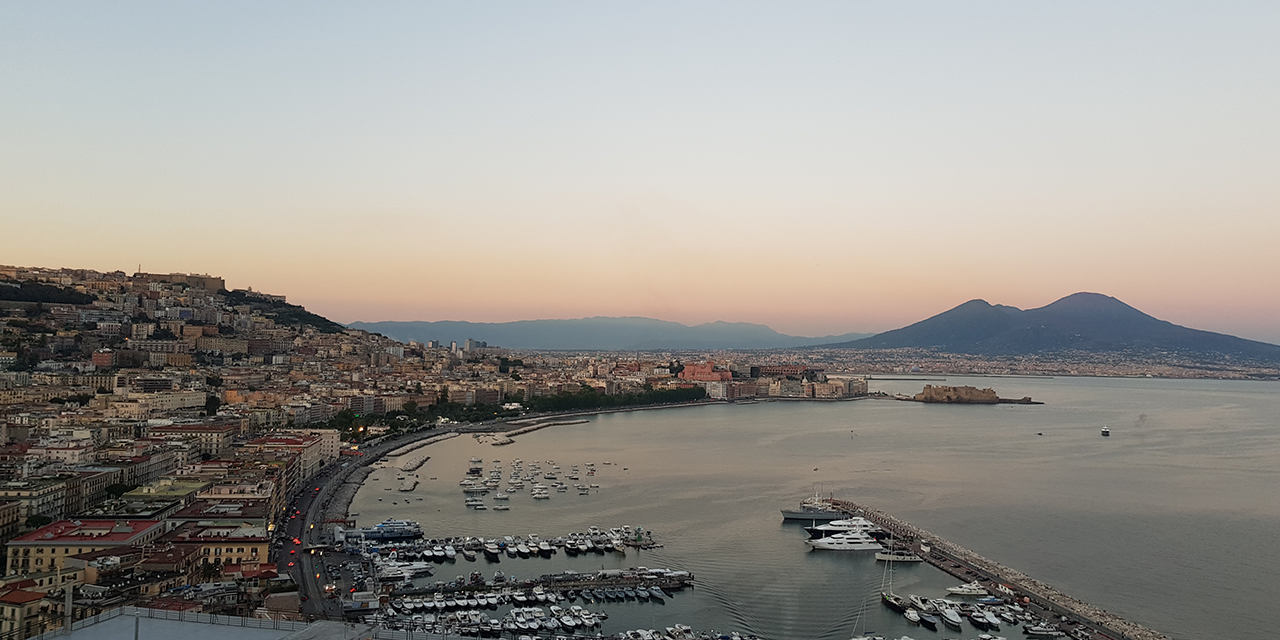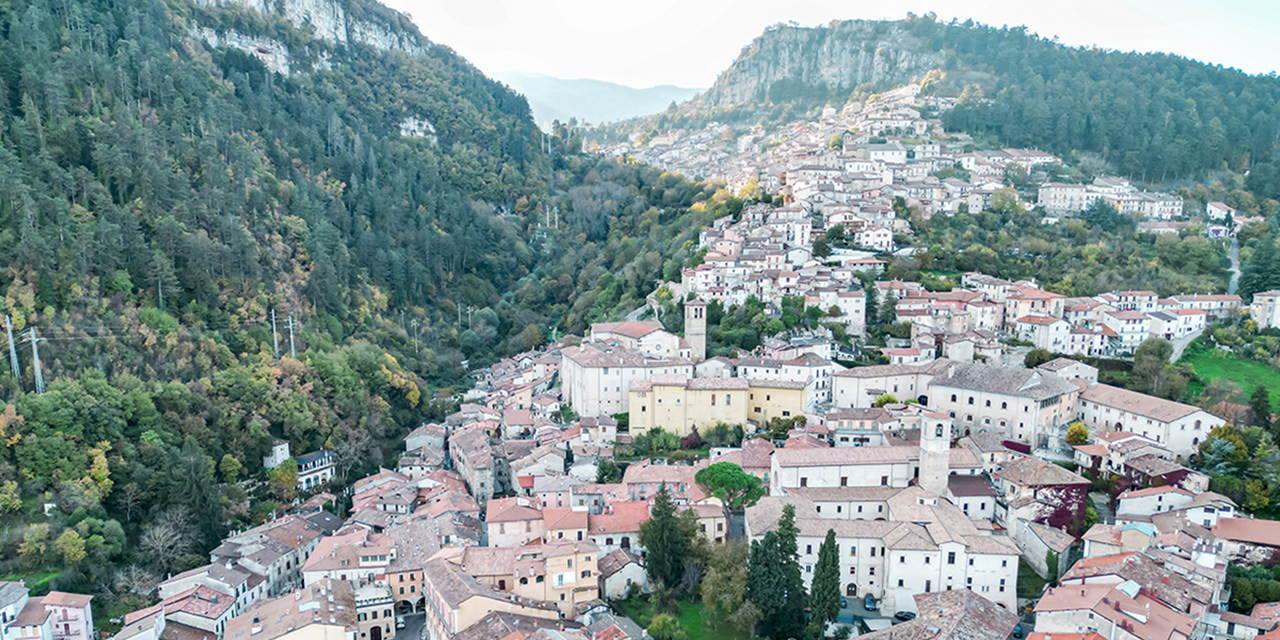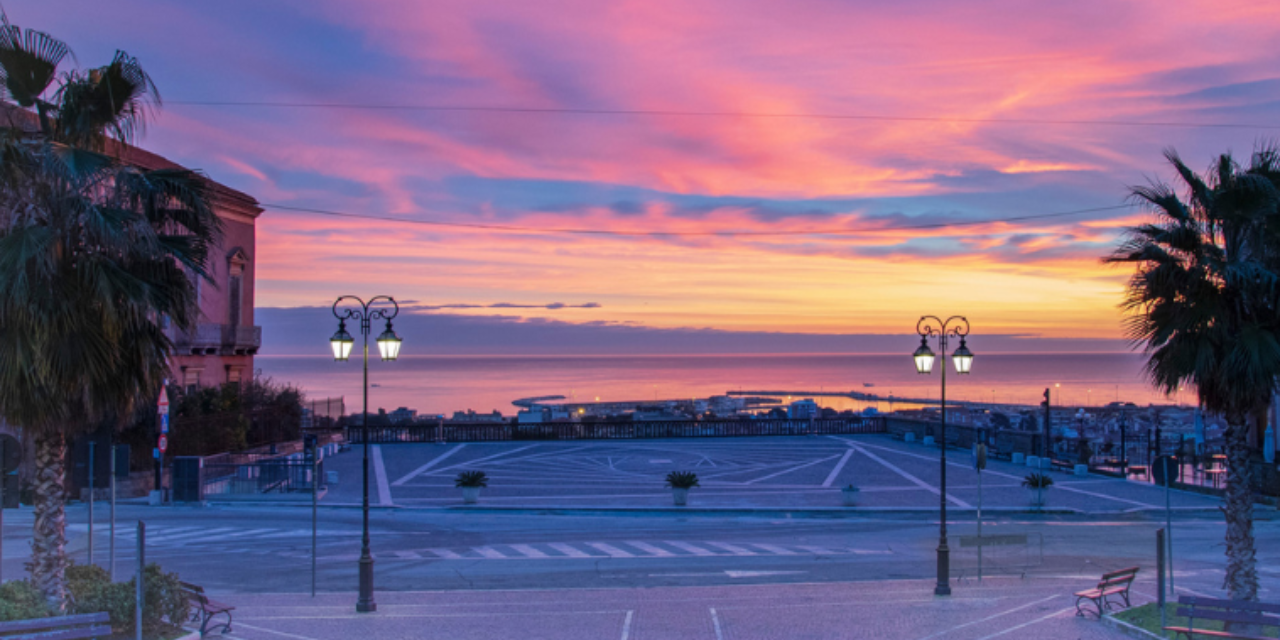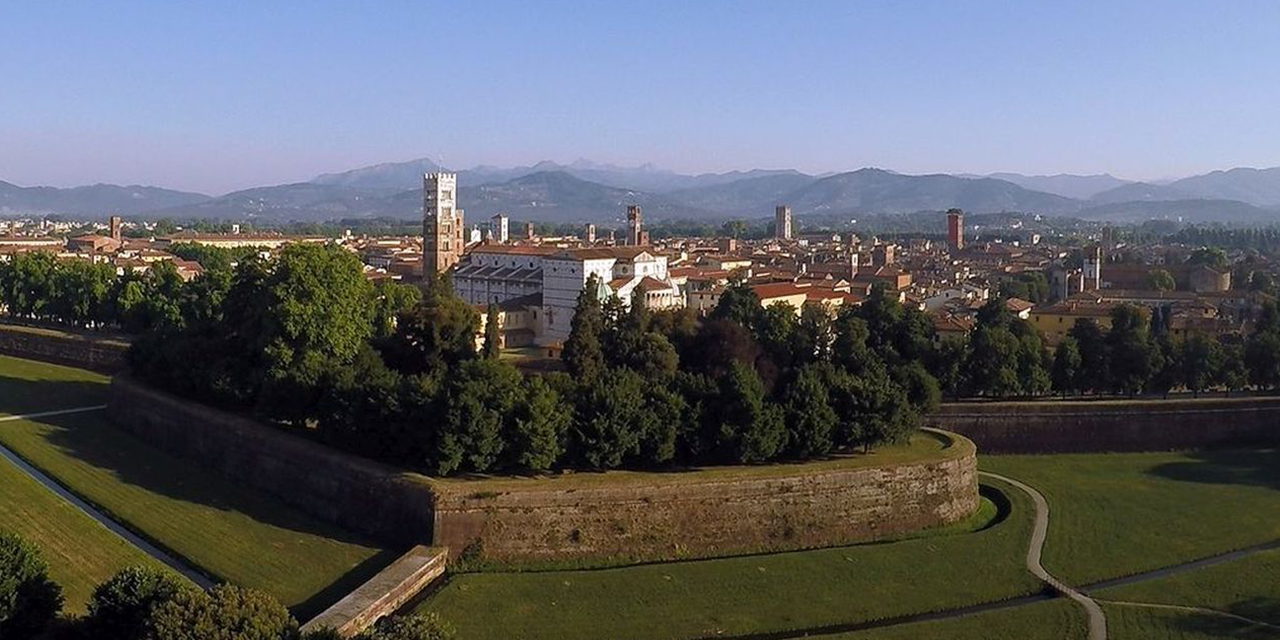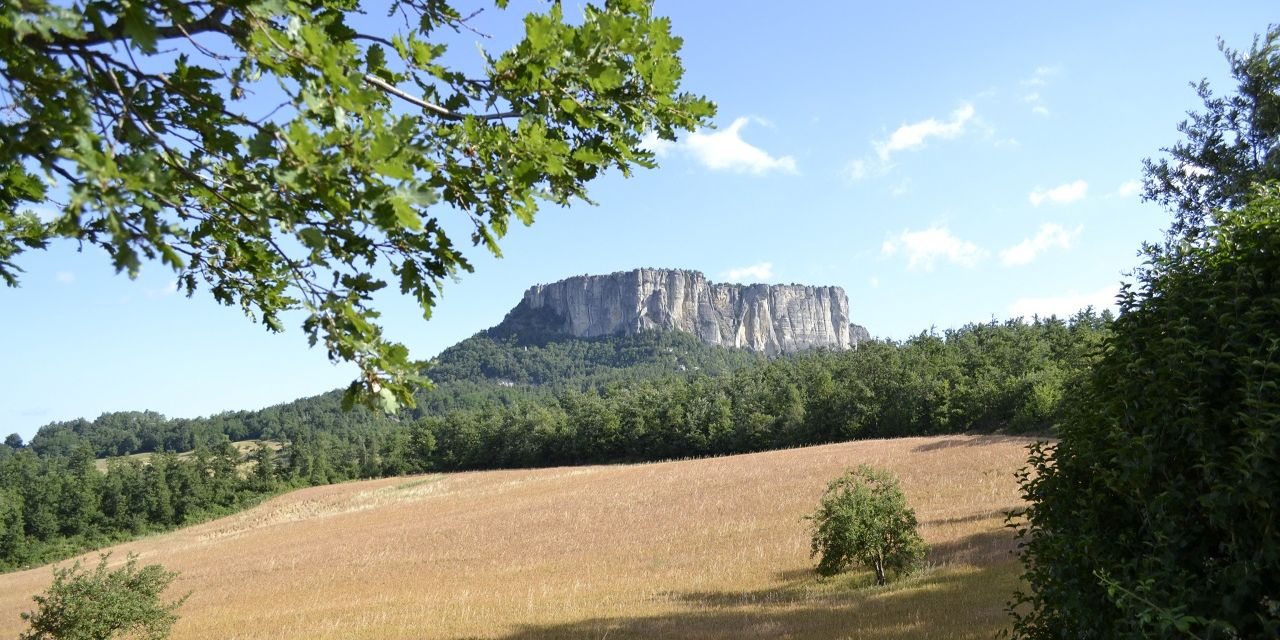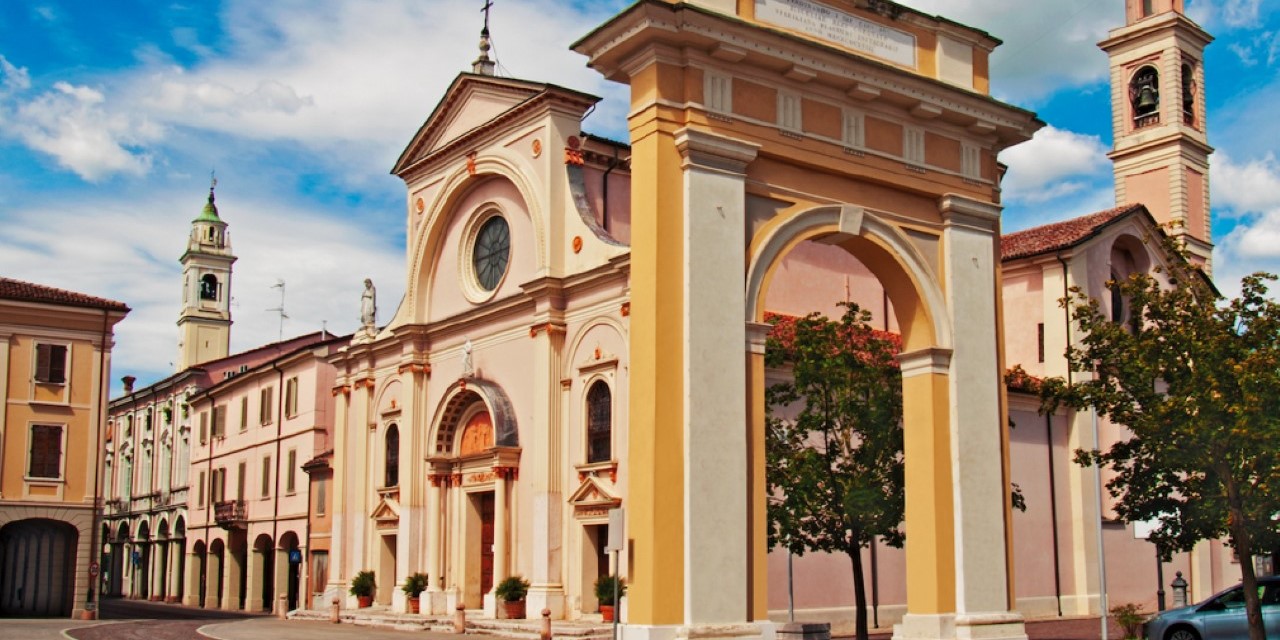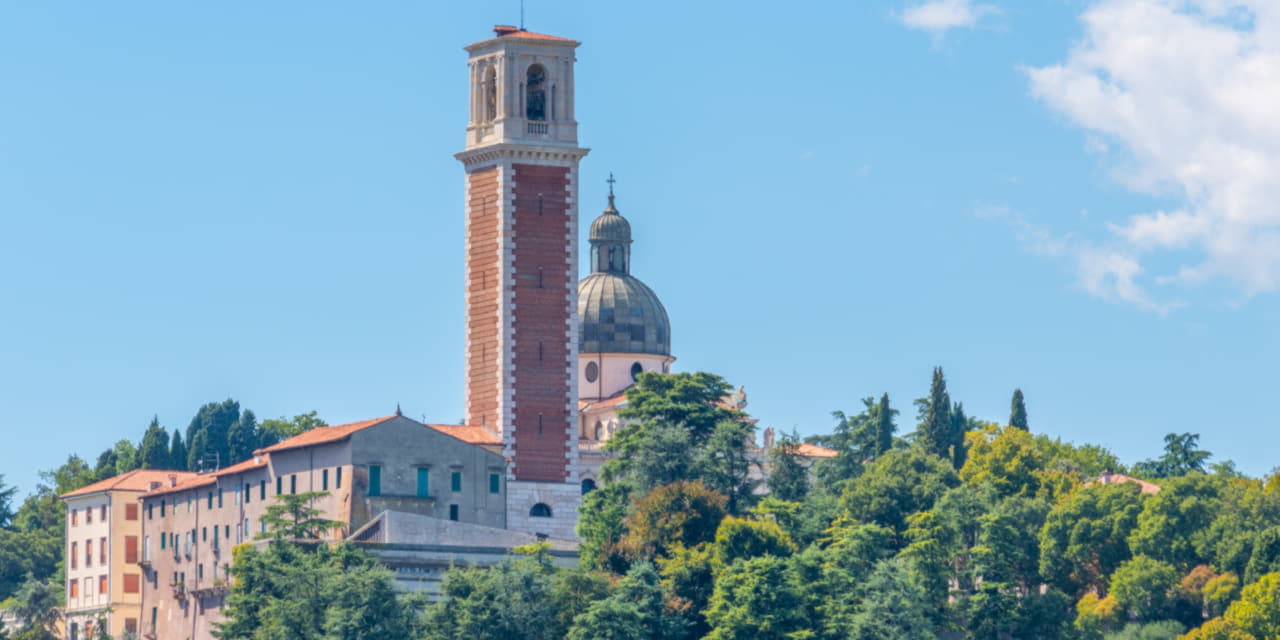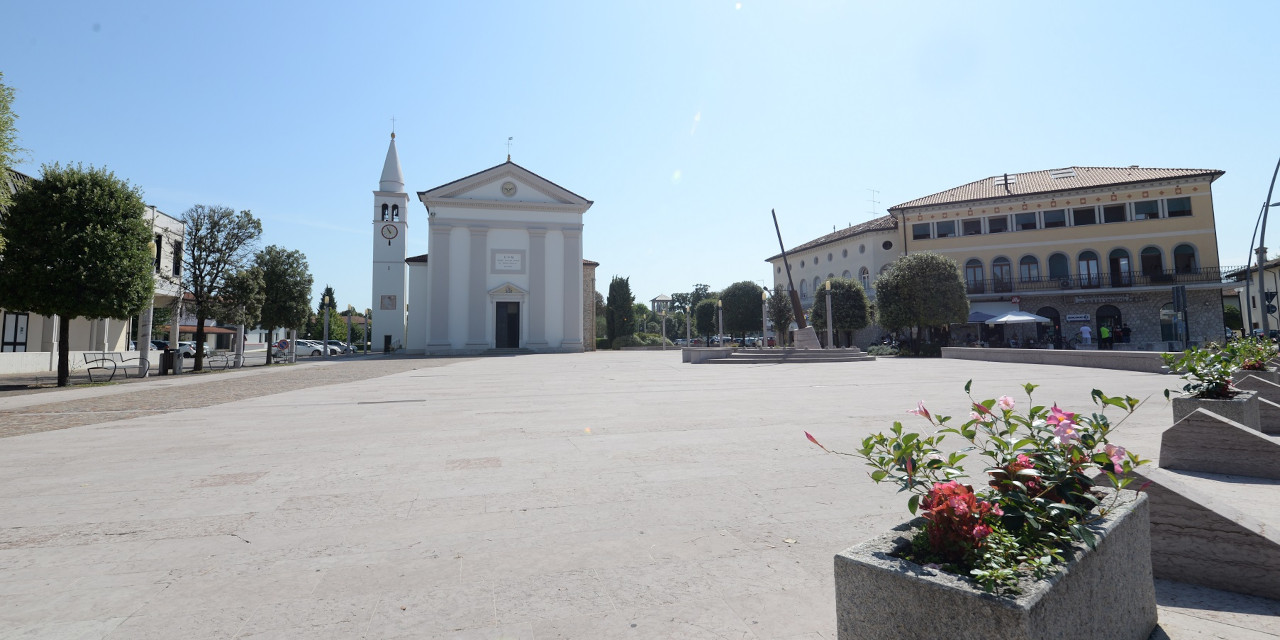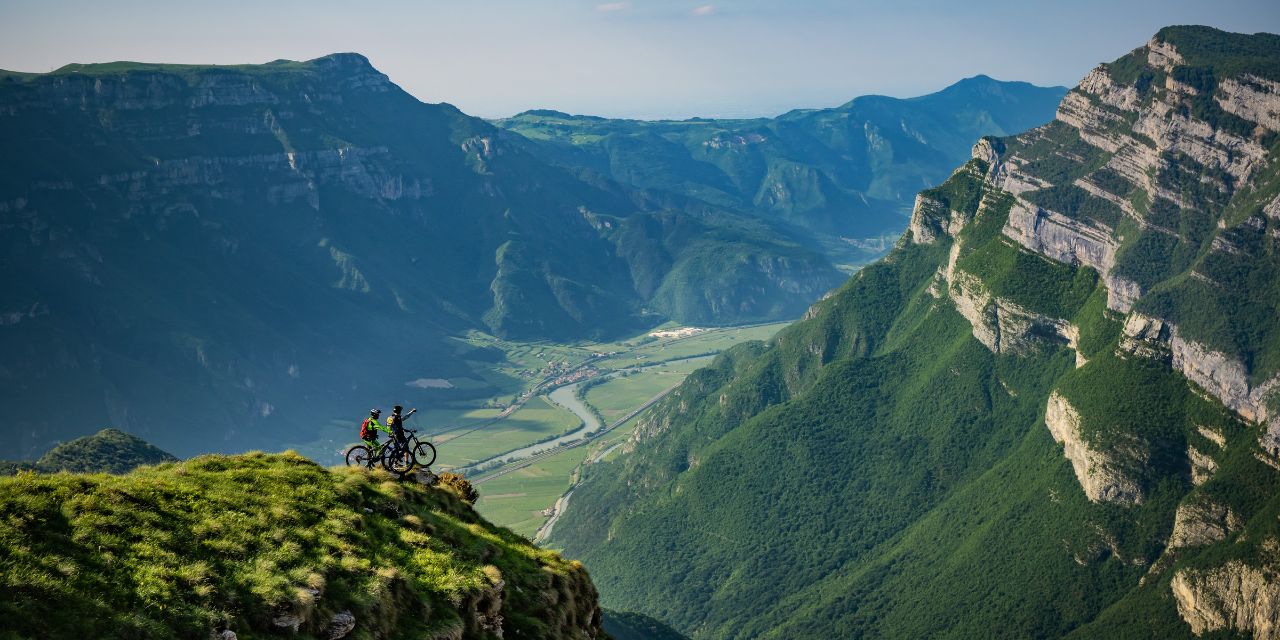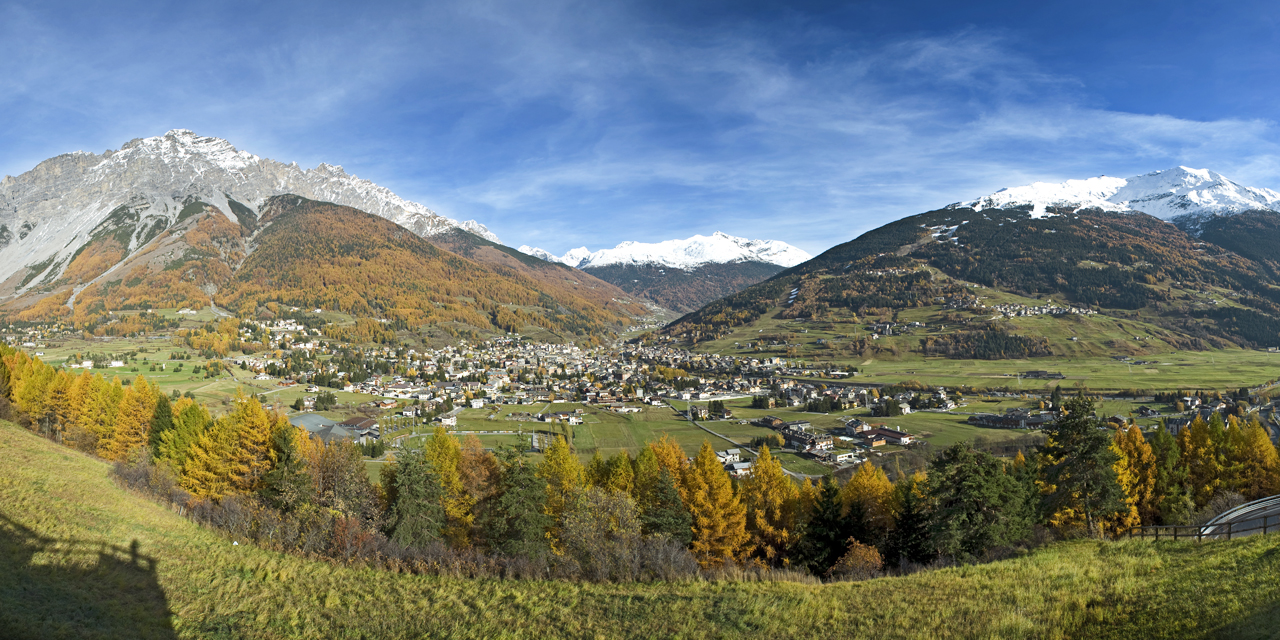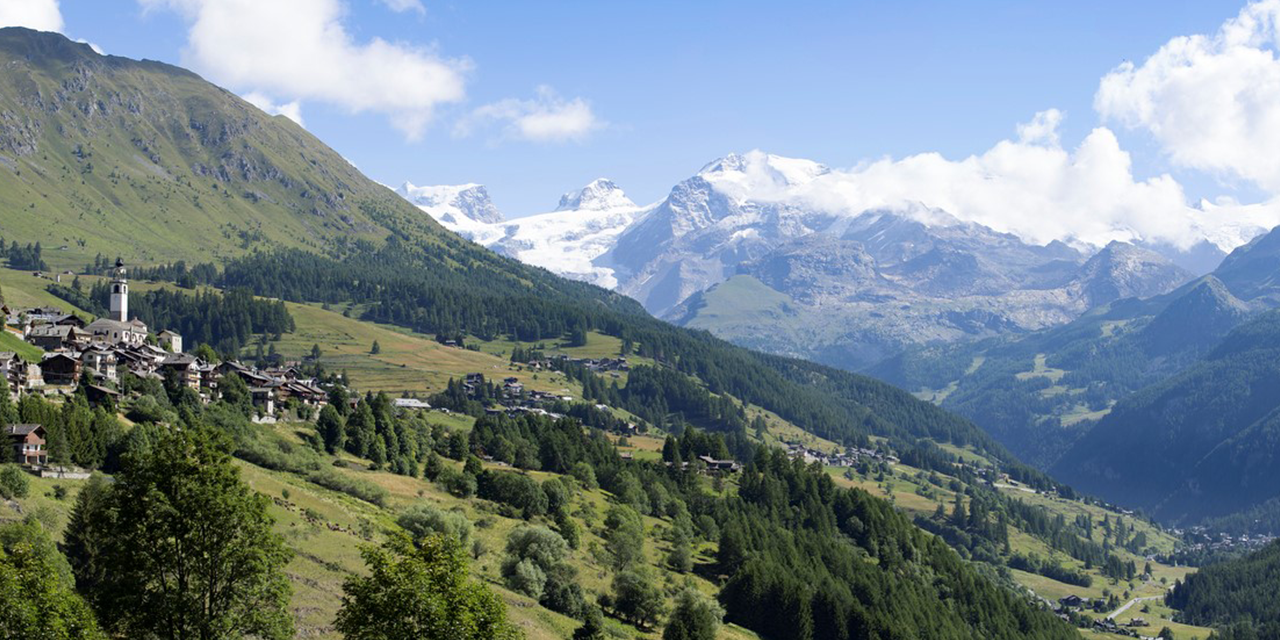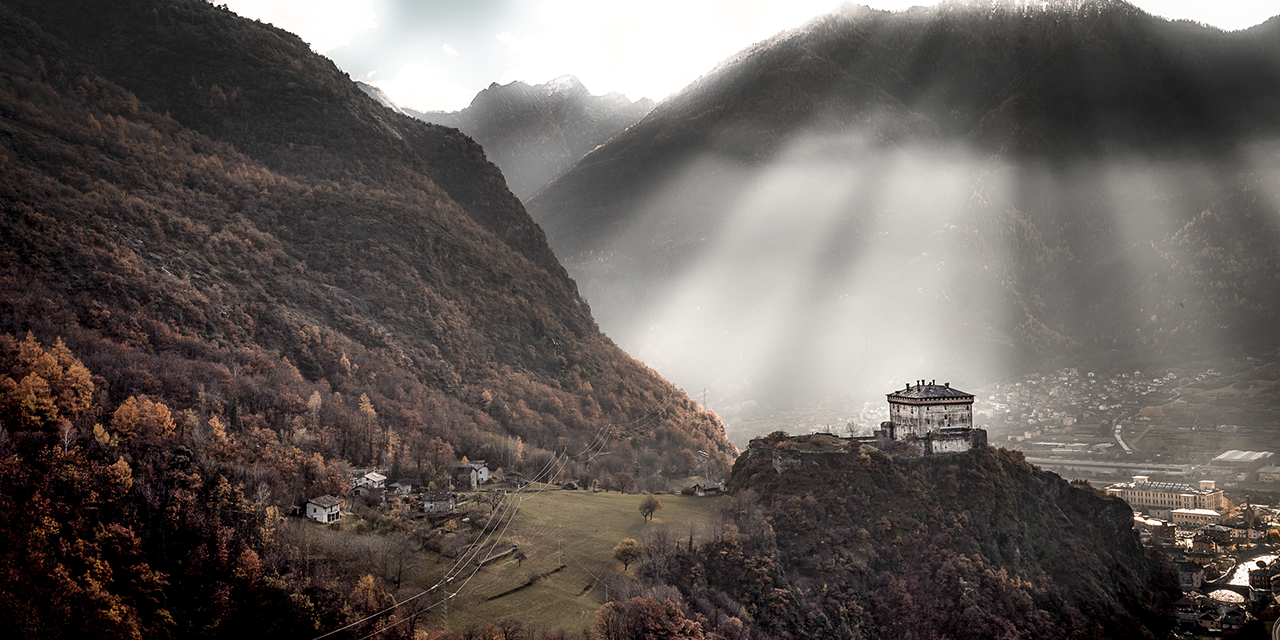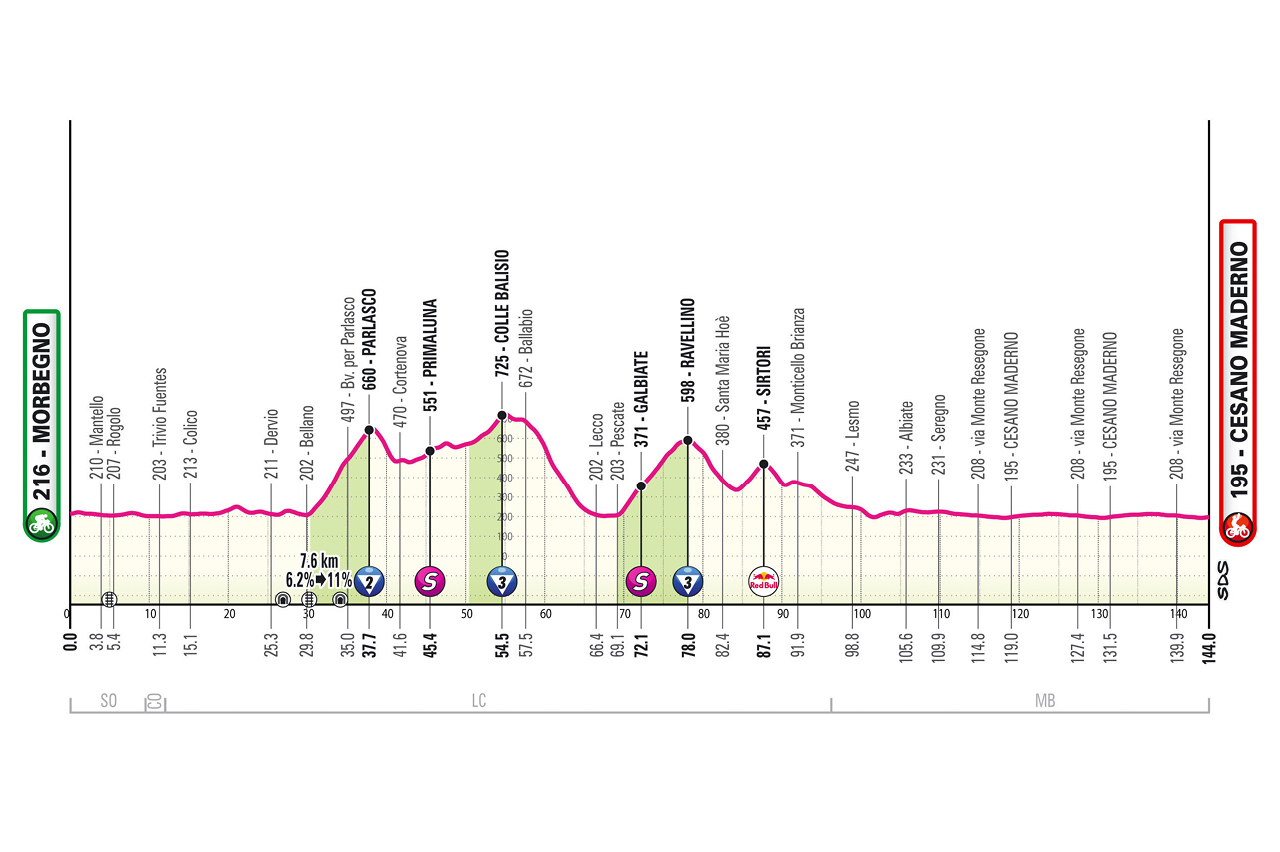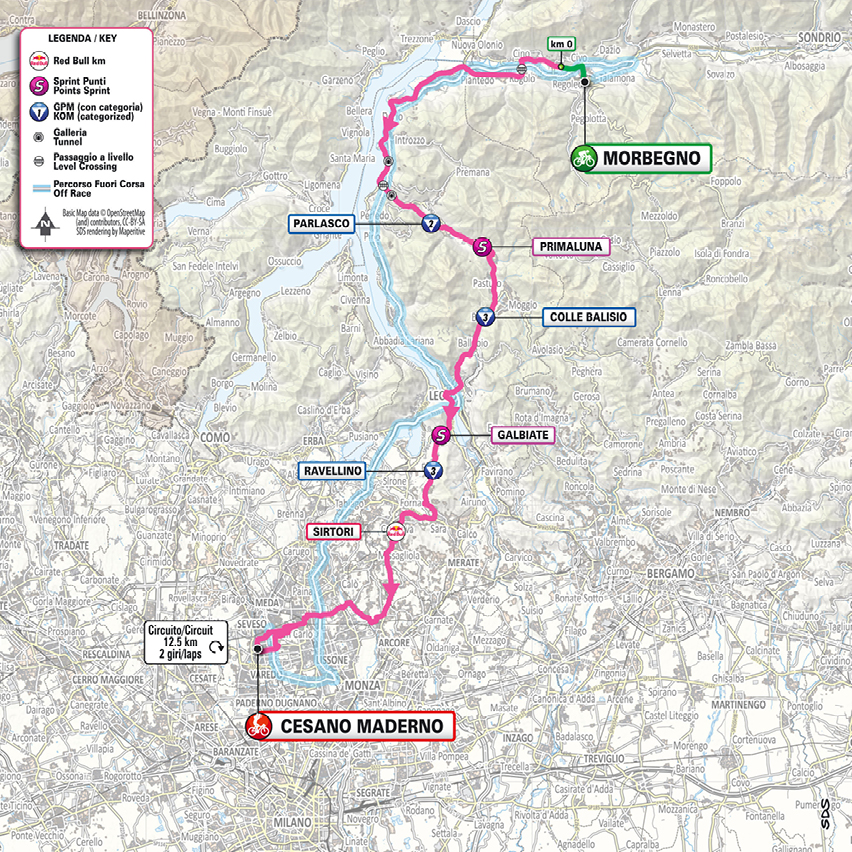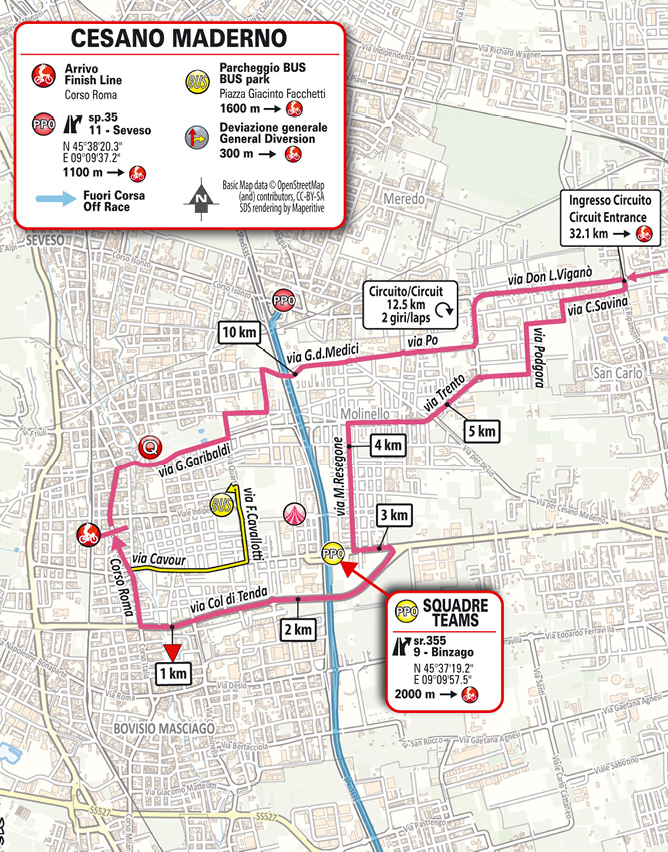Morbegno
Overview
Morbegno, in Lombardy, is a charming town nestled in the Bitto Valley. Known for its gastronomic traditions, particularly the famous Bitto cheese, the town is a key destination for food lovers and local product enthusiasts. Morbegno is also an excellent starting point for hiking in the surrounding mountains and exploring the Orobie Valtellinesi Park, one of the most beautiful natural areas in the region.
Gastronomy
The local cuisine reflects the authentic flavors of the Valtellina region, featuring dishes rooted in ancient traditions and genuine ingredients. One of the undisputed stars is Bitto cheese, considered one of the finest cheeses in Lombardy. Produced in high-altitude alpine pastures, it is made from cow’s milk with a small percentage of Orobic goat’s milk. Its main characteristic is its extraordinary aging potential, allowing it to develop a complex and intense flavor over the years, ranging from mild and buttery to sharp and piquant. Bitto can be enjoyed on its own or used in traditional regional dishes.
Another local staple is polenta taragna, a hearty and rustic dish with deep roots in peasant traditions. Made from a mixture of buckwheat and corn flour, it is combined with butter and generous amounts of Bitto or Casera cheese, creating a rich, creamy texture and a bold, comforting taste. It is often served with slow-cooked meats, sausages, or wild mushrooms, making it a perfect winter dish.
No meal in Morbegno would be complete without pizzoccheri, the beloved buckwheat pasta dish typical of the Valtellina. Here, pizzoccheri are prepared following the traditional recipe, with savoy cabbage, potatoes, melted butter infused with garlic, and Casera cheese, resulting in a flavorful and satisfying dish that embodies the simplicity and authenticity of Valtellinese cuisine.
Another local specialty is taroz, a rustic mashed dish made from potatoes, green beans, butter, and Casera cheese, blended together into a creamy, flavorful combination. It is often served as a side dish or a standalone meal, representing the hearty, humble roots of mountain cuisine.
Thanks to its proximity to Val Masino, Morbegno is also known for Val Masino trout, a freshwater fish raised in the cool, clear mountain streams. The trout is typically prepared oven-baked, grilled, or smoked, maintaining a delicate, slightly aromatic flavor that pairs beautifully with local wines.
To end a Valtellinese meal, a selection of traditional desserts awaits. Bisciola, a sweet bread enriched with dried fruits and honey, resembles a rustic panettone and pairs wonderfully with a glass of dessert wine. Cupeta, a crunchy nougat-like confection made with honey and walnuts, reflects the region’s rich artisanal traditions. Finally, Morbegno cake, a local specialty loaded with dried fruits and aromatic spices, rounds off a truly authentic gastronomic experience.
Wine and beverages
The IGT Alpi Retiche wines from the Costiera dei Cèch represent one of Valtellina’s finest wine-making traditions. This unique and scenic vineyard region stretches along the sun-drenched slopes of the Rhaetian Alps, across towns like Civo, Dazio, Mello, Traona, and Ardenno. Here, terraced vineyards create a spectacular landscape while producing wines of remarkable personality.
Thanks to a favorable microclimate, with warm, dry summers and mild winters, grapes thrive under optimal sun exposure, resulting in wines of exceptional quality. The Nebbiolo grape (locally known as Chiavennasca) dominates the region, expressing complex aromas and elegant structure. On the Costiera dei Cèch, Nebbiolo is vinified in multiple styles, producing vibrant, fruit-forward reds with hints of red berries, dried flowers, and subtle spices. These wines are fresh, balanced, and versatile, making them excellent choices for various food pairings.
Besides Nebbiolo, the area also cultivates Merlot and Syrah, adding further aromatic depth and complexity to local wines. Additionally, white wines made from Chardonnay, Sauvignon, and Traminer grapes offer fresh, aromatic, and mineral-rich flavors, perfect as an aperitif or paired with fish and fresh cheeses.
A distinct feature of the Costiera dei Cèch’s viticulture is the use of dry-stone terraces, a historic and cultural landmark that showcases centuries of dedication by local winemakers. This “heroic viticulture”, practiced on steep, challenging terrain, ensures that every bottle reflects the hard work, tradition, and deep connection to the land.
Points of interest
Morbegno boasts a rich cultural and architectural heritage, with numerous sites that tell the story and artistic evolution of the region. One of its most significant landmarks is Palazzo Malacrida, a noble residence featuring a simple yet elegant exterior and magnificent Rococo and Lombard Baroque interiors, decorated between 1761 and 1762 by a team of artists led by architect Pietro Solari. This historic palace stands as a testament to the influence and refined taste of the Malacrida family.
Another important historical site is the Church and Convent of Sant’Antonio, founded in 1454 by the Dominican order. Confiscated during Napoleonic rule and later used as a military barracks, the church was restored for worship in 1925 and now serves as an auditorium. It features a portico designed by Francesco Ventretti in 1571 and a recently restored fresco of the Nativity attributed to Gaudenzio Ferrari. A memorial plaque in the cloister honors its role as the headquarters of the Fifth Alpine Regiment during World War I.
One of Morbegno’s most recognizable symbols is the Ponte di Ganda, an imposing 18th-century stone bridge built in 1778 by architect Francesco Bernardino Ferrari. Standing 30 meters high, it replaced an older 16th-century bridge destroyed by a flood. The name “Ganda” derives from a local term meaning “rocky terrain”.
Among Morbegno’s most significant religious buildings is the Church of San Giovanni Battista, whose Baroque façade is adorned with nine statues and intricate decorative elements. The church interior, designed to be dimly lit, enhances a mystical atmosphere, housing precious relics and works by 18th-century artists Pietro Ligari and Gianbattista Pittoni. Adjacent to it, the Monastery of the Presentation, founded in 1664 and suppressed in 1798, preserves traces of frescoes and a classic monastic layout.
Lastly, the Palazzo del Municipio, located in Contrada Berlenda, was originally owned by the Castelli di Sannazzaro family before being renovated in the 18th century and later expanded in 1988 to house municipal offices. Inside, it preserves a memorial plaque from the Church of Sant’Antonio, bearing the family coat of arms. These historical and architectural treasures make Morbegno an enchanting destination for those seeking to explore the rich history and artistic heritage of Valtellina.
Cesano Maderno
Overview
Cesano Maderno is a town in Brianza where history and nature intertwine harmoniously. Palazzo Arese Borromeo, with its frescoes and vast garden, celebrates the story of the region’s noble past, while the Lipu Oasis serves as a green haven, perfect for walks and wildlife observation. Its strategic location between Milan and Como, combined with a lively urban atmosphere, makes it a dynamic place where tradition and modernity coexist in perfect balance.
Gastronomy
Cesano Maderno has a rich and flavorful culinary tradition, deeply rooted in Lombard rural heritage. The local cuisine is hearty yet simple, based on seasonal and local ingredients, perfect for warming up the colder months and delighting the palate with authentic flavors.
One of the most iconic dishes is Cassoeula, a robust, hearty stew made with savoy cabbage and various pork cuts, including rind, ribs, trotters, and sausage. According to legend, this dish was created by a young cook who sought to impress a Spanish officer by using less noble parts of the pig combined with cabbage, which only becomes sweet and tender after the first frost. Cassoeula is traditionally served with steaming polenta, making it a perfect winter dish.
Another local specialty is Büseca, a tripe-based soup enriched with beans, tomatoes, and aromatic herbs. This dish was particularly loved by farmers, as it provided high nutritional value and sustained them during long working hours. Today, it is still enjoyed during festive occasions and town fairs, keeping an age-old tradition alive.
Luganega, the typical sausage of Brianza, is an essential ingredient in Cesano Maderno’s cuisine. Made from finely ground pork seasoned with white wine, garlic, and spices, it is most famously used in Risotto alla Monzese. This golden-hued risotto, enriched with saffron, stands out for the intense flavor of Luganega, which releases its aromatic essence while cooking with the rice.
For dessert, Torta Paesana is a rustic and comforting sweet made from stale bread, milk, cocoa, pine nuts, raisins, and amaretti cookies. Originally a way to avoid waste, this cake has become a symbol of home-style Lombard baking, especially prepared during festive periods.
Another local delight is Pan Tranvai, a raisin-enriched sweet bread whose name dates back to when it was sold at tram stops as a quick energy boost for workers. Soft and moderately sweet, it pairs perfectly with a glass of red wine.
Finally, Papurott is a typical Brianza sweet polenta, made with cornmeal, milk, sugar, and aromatic flavors. Its creamy consistency and delicate taste make it a beloved comfort food, particularly during cold winter evenings.
Wine and beverages
In Cesano Maderno, as in all of Brianza, local drinks reflect rural traditions and an appreciation for authentic flavors.
One of the most iconic drinks is Vin Brulé, a hot mulled wine made from red wine, sugar, and spices such as cinnamon, cloves, and orange peel. It is especially enjoyed in winter, often served at Christmas markets and town festivals to warm the body and spirit.
Another beloved drink is Grappa, often artisanal and locally produced from grape pomace. In the past, it was considered a true elixir to withstand cold weather, and today it remains a classic digestif, served straight or infused with herbs and fruits.
The Brianza Aperitivo is also popular, often featuring the Pirlo, a local variation of Spritz, made with still or sparkling white wine, bitter liqueur, and an orange slice. This drink pairs perfectly with regional cold cuts and cheeses, making it a staple of social gatherings.
A traditional end-of-meal ritual is the Resentin, a custom where a few drops of grappa are swirled in an empty espresso cup, creating a unique aromatic blend that combines coffee and liquor.
Points of interest
Among the most significant landmarks is Palazzo Arese Borromeo, one of the grandest historical buildings in Cesano Maderno. Built in the 17th century by the Arese Borromeo family, this magnificent baroque palace features stunning frescoes and elegant furnishings, reflecting the power and sophistication of its original owners. The palace is surrounded by a vast historical park, once a formal Italian garden, now a serene retreat for visitors, ideal for strolling amidst history and nature.
Another cultural landmark is the Auditorium Disarò, a modern venue that hosts musical, theatrical, and cultural events of all kinds. A key hub for Cesano Maderno’s cultural scene, the auditorium provides a dynamic space for local and regional performances, blending music, theater, and art in a vibrant community setting.
Located in the historic center, Palazzo Arese Jacini is another notable noble residence. Built in the 18th century, this elegant structure still retains its historical charm, with ornate decorations and frescoes that showcase the refined aesthetic of its time. Today, it houses municipal offices, preserving its historical and architectural prestige. For nature lovers, the Oasi Lipu is a must-visit. This natural reserve on the outskirts of Cesano Maderno serves as a wildlife sanctuary, perfect for birdwatching and exploring local flora and fauna. Its well-maintained trails offer visitors a chance to immerse themselves in nature, providing a peaceful escape from urban life while discovering the biodiversity of the region.
Lastly, an important spiritual and historical site is the Santuario della Madonna delle Grazie, also known as Santa Maria della Frasca. This charming 15th-century sanctuary, located in a picturesque setting, has long been a pilgrimage destination. It is renowned for its fresco of the Madonna delle Grazie, which, according to local tradition, has performed numerous miracles. The sanctuary remains a place of devotion, attracting many worshippers and visitors seeking moments of reflection and prayer.

